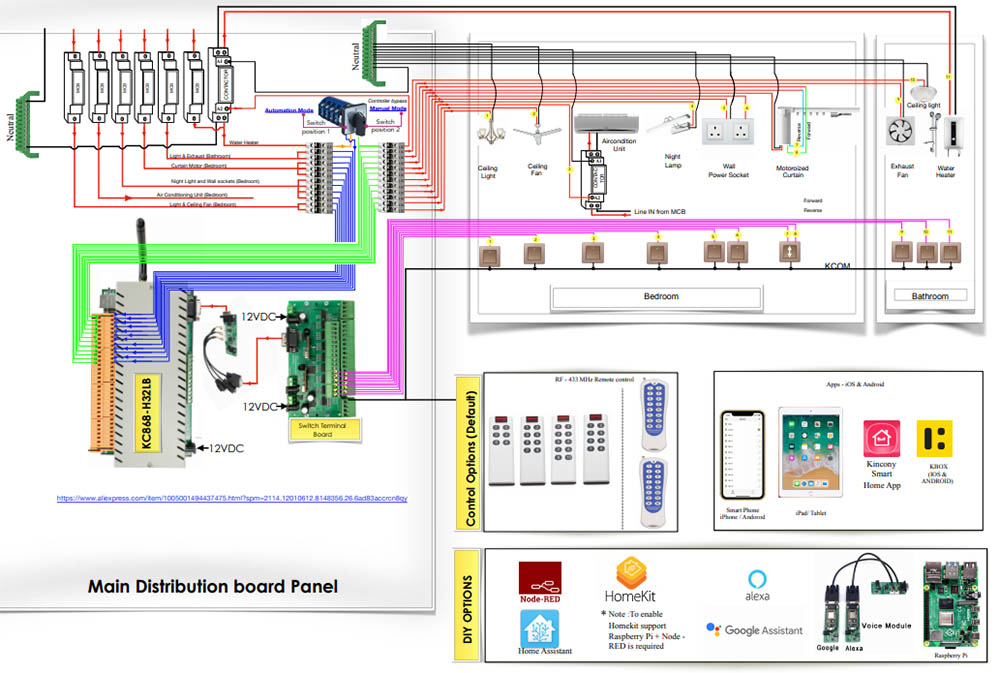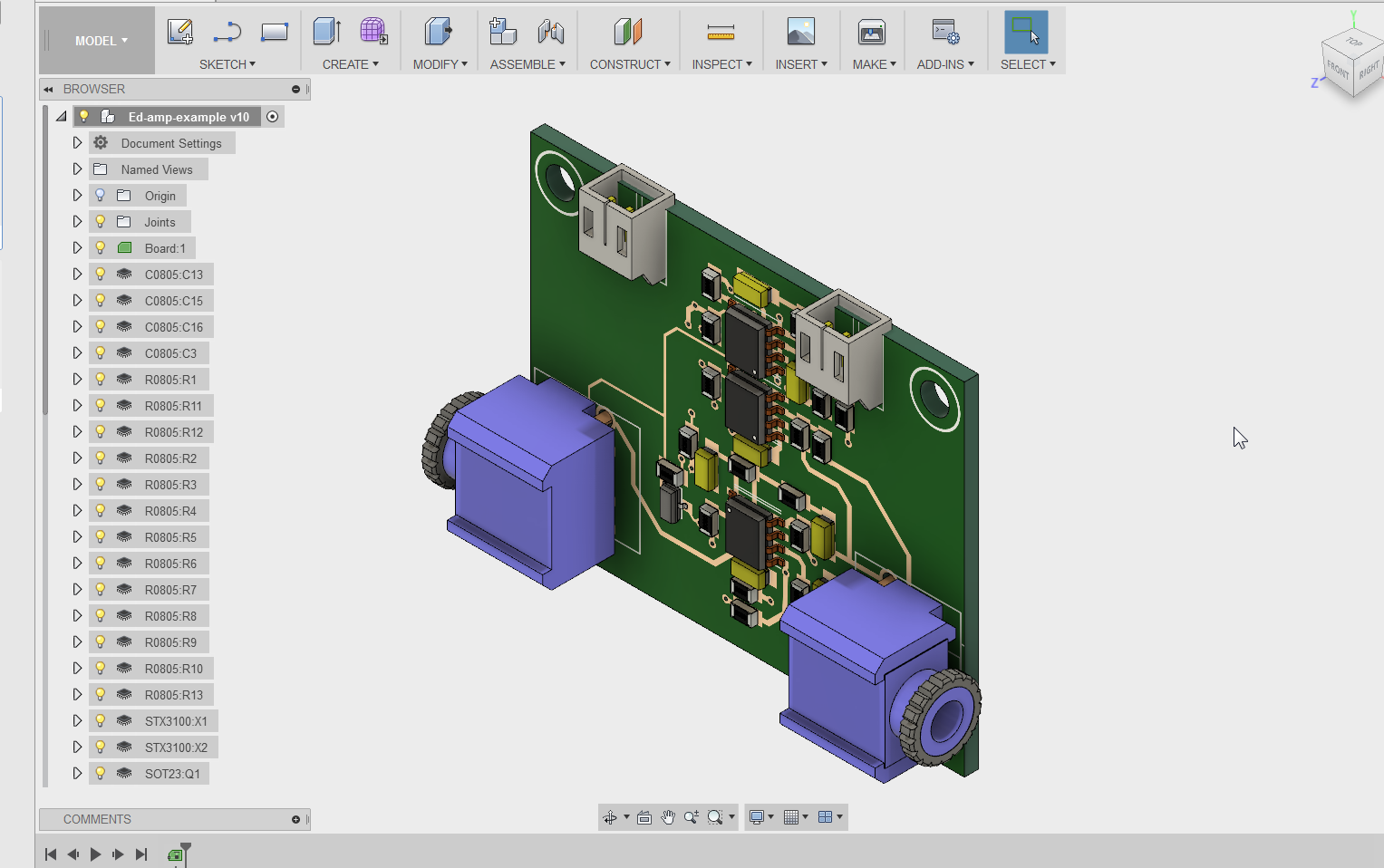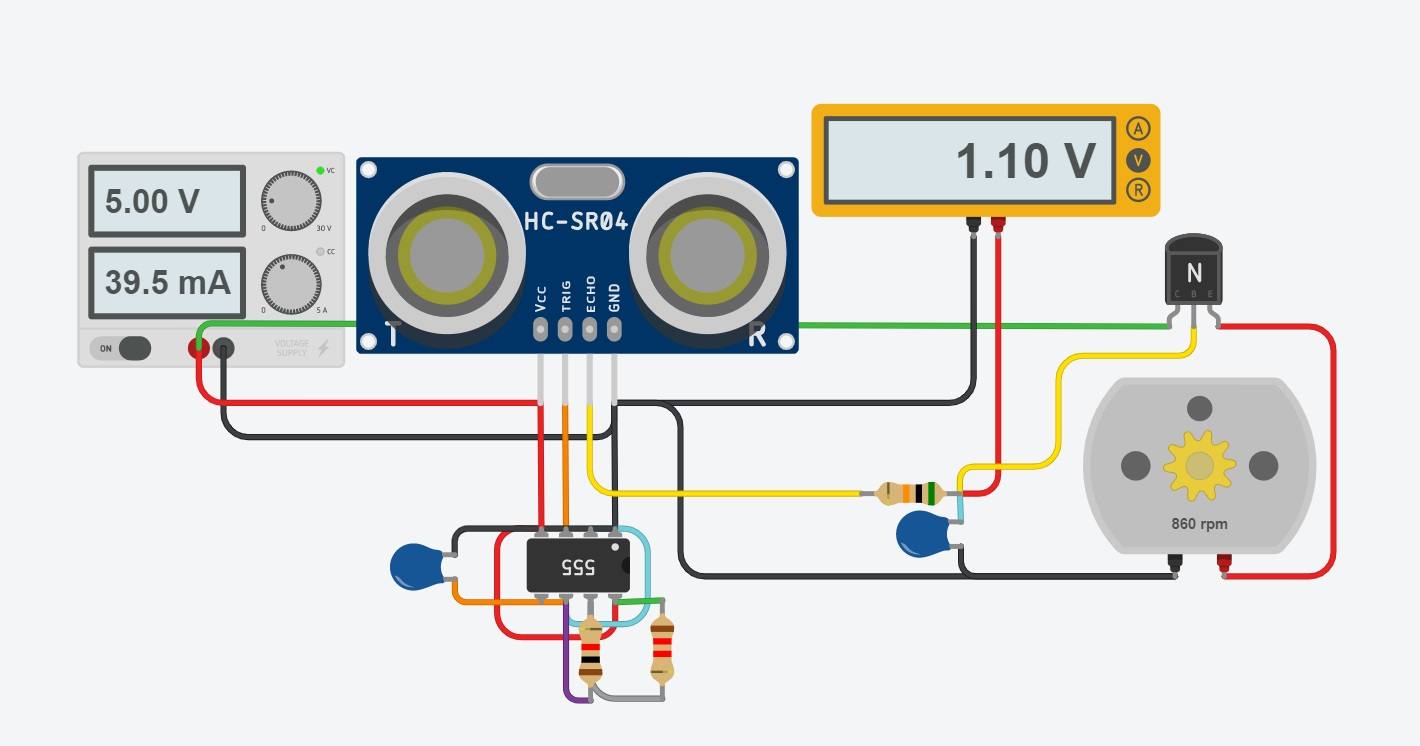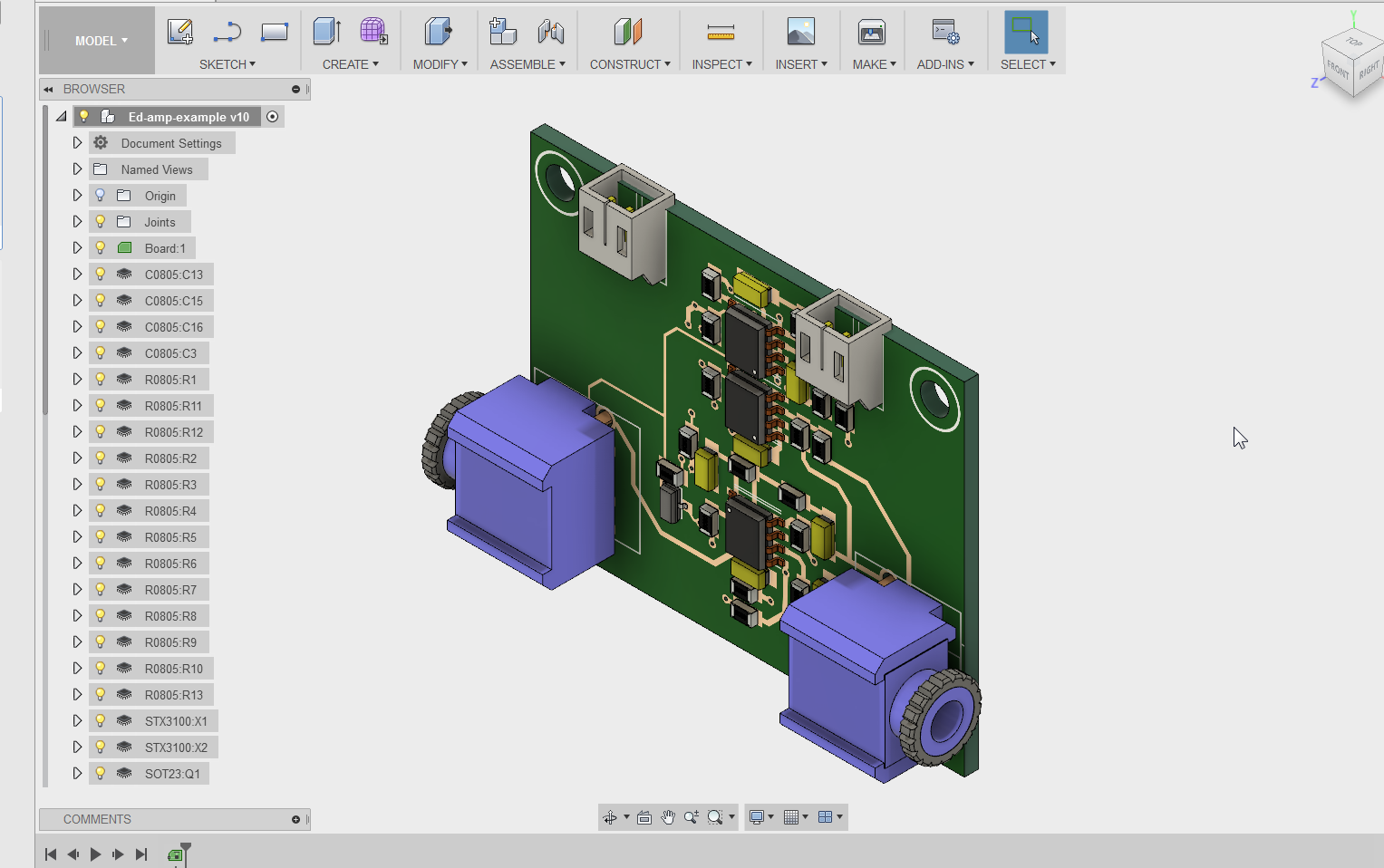How to Build a DIY Smart Home Circuit
Smart homes are becoming increasingly popular, allowing homeowners to control various aspects of their homes from their smartphones or other devices. One way to create a smart home is by building your own DIY smart home circuit. In this article, we will guide you through the process of building a simple smart home circuit that you can control remotely. Let’s get started!
Materials Needed:
- Arduino or Raspberry Pi
- Relay module
- Temperature sensor
- Motion sensor
- LED lights
- Jumper wires
- Breadboard
- Smartphone or computer
Step 1: Setting Up the Hardware
First, you will need to set up the hardware components of your smart home circuit. Connect the Arduino or Raspberry Pi to the relay module, temperature sensor, motion sensor, and LED lights using jumper wires. You can use a breadboard to make the connections easier. Make sure to refer to the datasheets of the components to understand how to wire them properly.
Step 2: Writing the Code
Next, you will need to write the code for your smart home circuit. Use a programming language such as Python or C++ to create a program that reads data from the temperature sensor and motion sensor, and controls the relay module to turn the LED lights on or off. You can also add additional features such as sending alerts to your smartphone when certain conditions are met.
Step 3: Testing the Circuit
Once you have written the code, upload it to your Arduino or Raspberry Pi and test the circuit. Make sure that the temperature sensor and motion sensor are accurately reading data and that the LED lights are turning on and off as expected. Troubleshoot any issues that arise and make any necessary adjustments to the code or connections.
Step 4: Controlling the Circuit Remotely
Now that your smart home circuit is up and running, you can control it remotely using your smartphone or computer. You can use a platform such as Blynk or Adafruit IO to create a user interface that allows you to monitor the sensors and control the LED lights from anywhere. This way, you can turn on the lights before you even arrive home!
Conclusion
Building a DIY smart home circuit is a fun and rewarding project that can enhance the functionality of your home. By following the steps outlined in this article, you can create a simple smart home circuit that allows you to control your lights and monitor your home environment remotely. Get creative and customize your circuit to suit your needs and preferences!
How to Build a DIY Smart Home Circuit
Smart homes are becoming increasingly popular, allowing homeowners to control various aspects of their homes from their smartphones or other devices. One way to create a smart home is by building your own DIY smart home circuit. In this article, we will guide you through the process of building a simple smart home circuit that you can control remotely. Let’s get started!
Materials Needed:
- Arduino or Raspberry Pi
- Relay module
- Temperature sensor
- Motion sensor
- LED lights
- Jumper wires
- Breadboard
- Smartphone or computer
Step 1: Setting Up the Hardware
First, you will need to set up the hardware components of your smart home circuit. Connect the Arduino or Raspberry Pi to the relay module, temperature sensor, motion sensor, and LED lights using jumper wires. You can use a breadboard to make the connections easier. Make sure to refer to the datasheets of the components to understand how to wire them properly.
Step 2: Writing the Code
Next, you will need to write the code for your smart home circuit. Use a programming language such as Python or C++ to create a program that reads data from the temperature sensor and motion sensor, and controls the relay module to turn the LED lights on or off. You can also add additional features such as sending alerts to your smartphone when certain conditions are met.
Step 3: Testing the Circuit
Once you have written the code, upload it to your Arduino or Raspberry Pi and test the circuit. Make sure that the temperature sensor and motion sensor are accurately reading data and that the LED lights are turning on and off as expected. Troubleshoot any issues that arise and make any necessary adjustments to the code or connections.
Step 4: Controlling the Circuit Remotely
Now that your smart home circuit is up and running, you can control it remotely using your smartphone or computer. You can use a platform such as Blynk or Adafruit IO to create a user interface that allows you to monitor the sensors and control the LED lights from anywhere. This way, you can turn on the lights before you even arrive home!
Conclusion
Building a DIY smart home circuit is a fun and rewarding project that can enhance the functionality of your home. By following the steps outlined in this article, you can create a simple smart home circuit that allows you to control your lights and monitor your home environment remotely. Get creative and customize your circuit to suit your needs and preferences!



